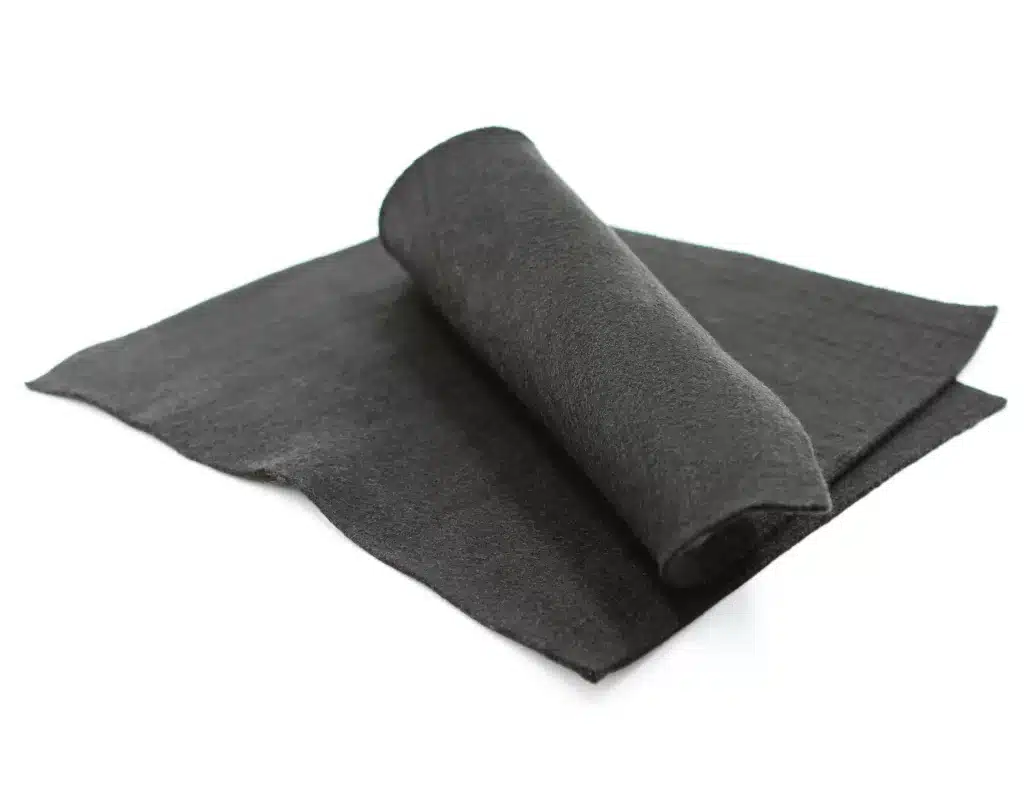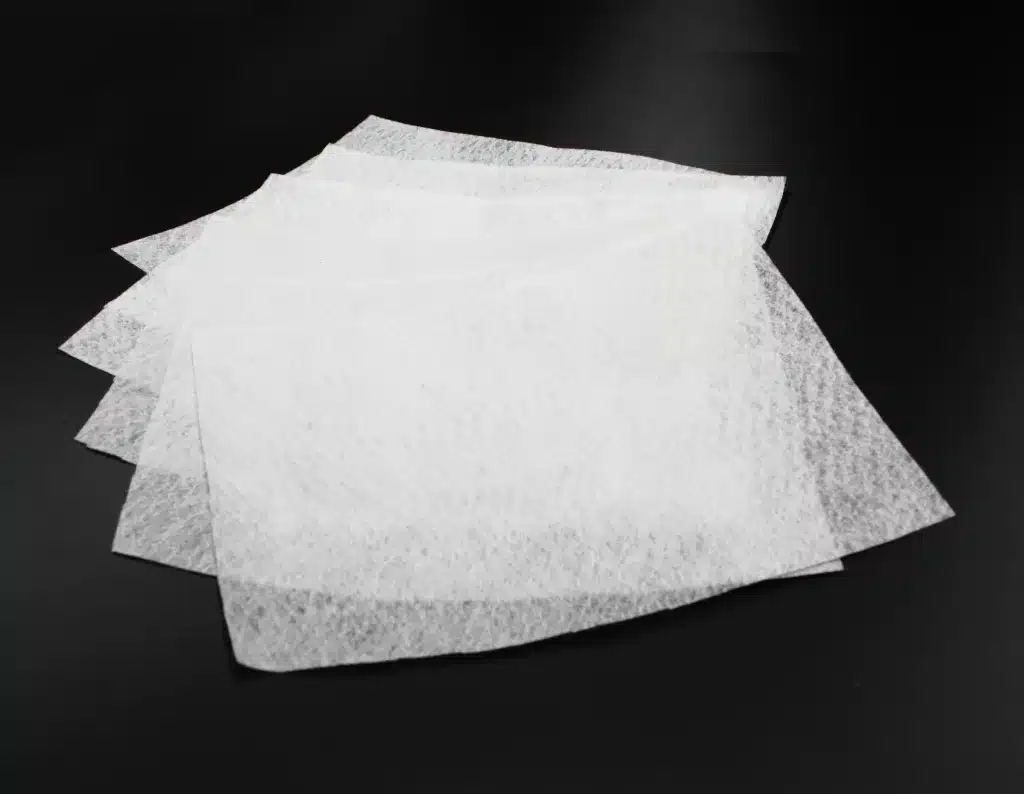+86-159 9860 6917
info@geofantex.com
geofantex@gmail.com
+86-400-8266163-44899
Landscape fabric is commonly made from polypropylene, although other materials are sometimes used. Polypropylene, a type of plastic, is known for its durability and longevity compared to other materials. It effectively blocks weeds while still permitting water and nutrients to reach your plants, helping them stay healthy. However, this type of landscape fabric may not be suitable for every garden.
Distinguishing Between Plastic and Fabric
While polypropylene is a plastic, it differs from what is typically referred to as landscape plastic. Polypropylene fabric is either woven to create tiny gaps between the strands or is perforated during manufacturing. In contrast, landscape plastic is a solid sheet that acts as a barrier between the soil and the mulch. This solid barrier is excellent at preventing weeds but does not allow water or nutrients to penetrate the soil beneath.
For those needing a non-permeable barrier, we also offer plastic film rolls.

Using Landscape Fabric in the Garden
Geotextile Fabric as a Weed Barrier
Dealing with Persistent Grassy Weeds
Polypropylene landscape fabric is highly effective at preventing most weed seeds from germinating in the soil. The fabric stops germinated plants from emerging and competing with your flowers and shrubs. However, grassy weeds are an exception. With their small, stiff blades, they can find their way through the tiny holes in the fabric, growing above ground in your flowerbed. Additionally, some weed seeds may germinate in the decaying mulch atop the fabric, with their roots penetrating through to the soil. In summary, while landscape fabric cannot completely stop weeds that grow on top of or just below it, it provides significant protection.
The small gaps in polypropylene landscape fabric allow water and nutrients to pass through to the soil, ensuring that your plants receive the nourishment they need.
Overall, landscape fabric offers an excellent balance of long-term weed protection while promoting plant growth.



Get Free Sample
We’ll respond as soon as possible(within 12 hours)






















